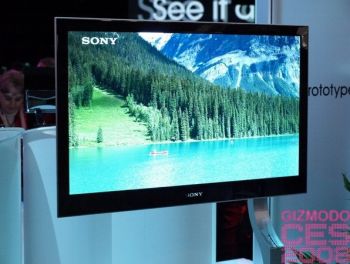DisplayMate - the iPhone 5 LCD display is superior to the S3 AMOLED
Update: I just talked to DisplayMate's Raymond Soneira, and he says that the power-consumption test was done on an all-white screen. This is the worst-case scenario for an OLED, and so real-world results will be better (depending on your typical phone usage of course).
DisplayMate posted an interesting and comprehensive comparison between the iphone 5 IPS-LCD and the Super AMOLED HD display used in the Galaxy S3. They say that the iPhone's display is superior - its a very accurate display, and it's the best Smartphone display they have ever seen. It's actually quite an improvement over the display used in the iPhone 4S.
 |  |
DisplayMate says that the OLED display on the S3 is not as bright as the LCD, it is less readable in high ambient lighting, it has saturated green and distorted and exaggerated colors. They still complain about Samsung not calibrating the color gamut. On the other hand, they say that OLED is a new technology and hasn't been refined to the same degree as LCDs yet. They still say OLEDs have a very promising future.











